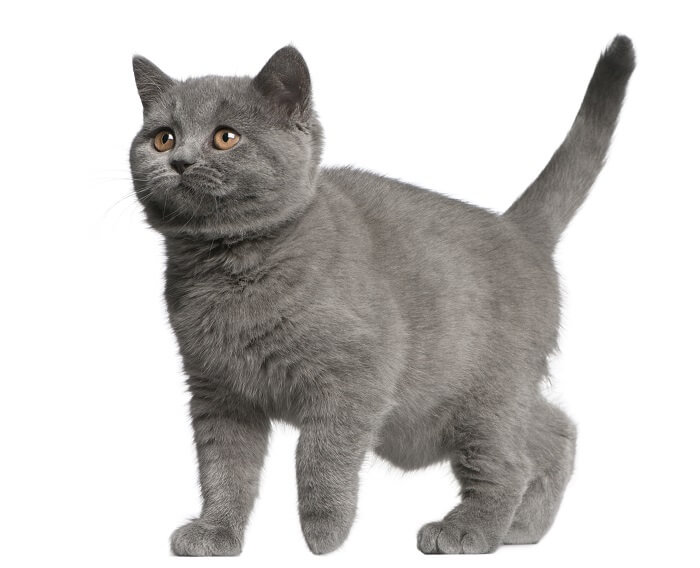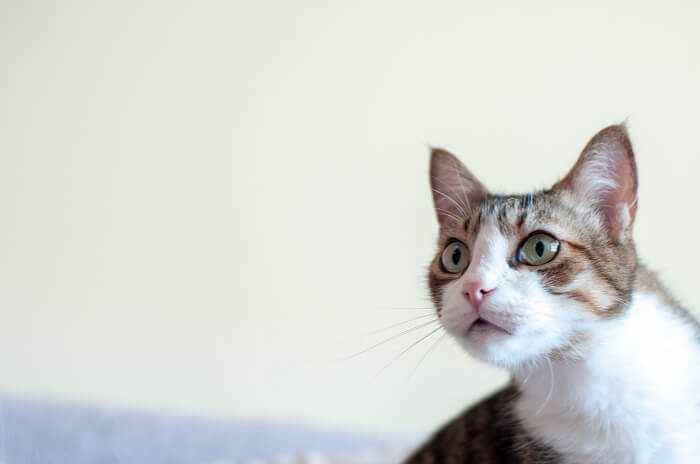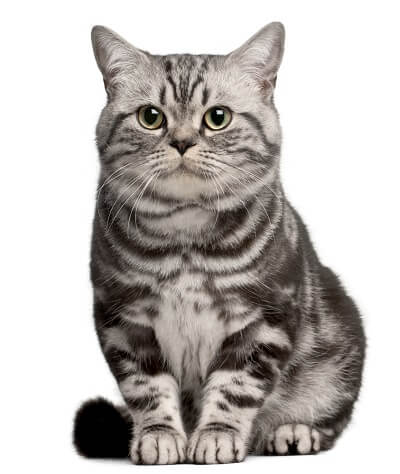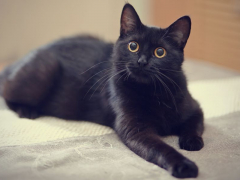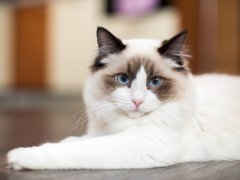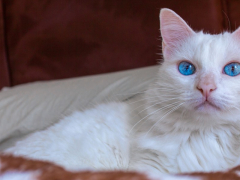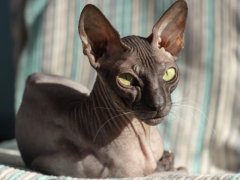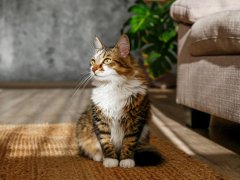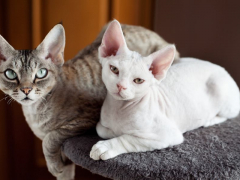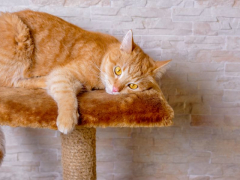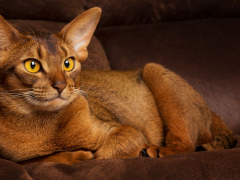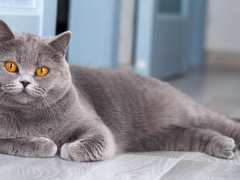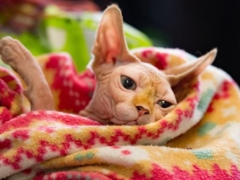Personality and Temperament
Also known as Pelo Curto Brasileiro, the Brazilian Shorthair cat stands out as the first breed to originate in Brazil and gain international recognition.
These cats are quite large, but in contrast with the British Shorthair, they have an elongated look and long, slim legs. Friendly and outgoing, Brazilian Shorthair cats make outstanding family pets. They get along well with other cats, dogs and children.
Get to know other shorthaired cat breeds: European shorthair, Exotic shorthair, Oriental shorthair
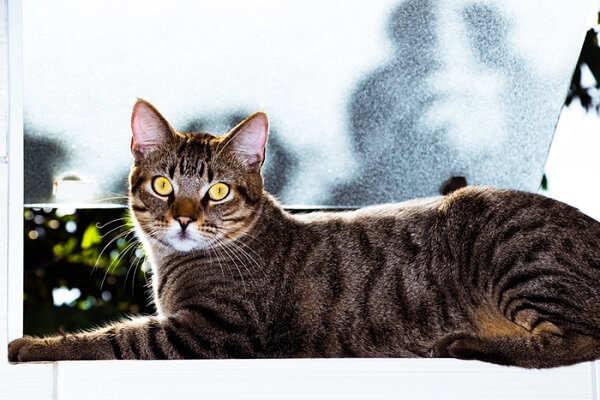

Care
Nutrition
Grooming
Exercise
Health
Brazilian Shorthair cats do not have any special nutritional needs, however we recommend feeding a high-quality diet that includes real meat as the first ingredient. These cats are known to have long life spans and a healthy diet can support longevity and well-being.
Brazilian Shorthair cats are easy to care for. Even though they have short coats, brushing can be beneficial. If you groom your cat once or twice per week, you'll cut down on shedding and reduce the likelihood of hairballs.
Even if you provide your Brazilian Shorthair cat with a scratching post, they may target your furniture for marking with their paws. Keeping your cat's nails trimmed short will save furnishings from damage.
These cats have a playful streak a mile wide! They are extremely agile, and they’ll almost certainly keep you entertained with their antics. Provide plenty of toys to keep your kitty engaged and be sure that they have a tall cat tree to climb. Like most other breeds, the Brazilian shorthair enjoys watching life unfold from an elevated vantage point.
Later in life, you might have to encourage your Brazilian Shorthair cat to get more exercise. Interactive toys are ideal for the job.
These cats are generally robust. They have a reputation for good health, and there are no known breed specific health issues.
History
Legend says that the Brazilian Shorthair cat originated sometime in the 1500s, when ships cats made their way to Brazil along with European sailors.
We have Paulo Samuel Ruschi to thank for developing this breed, encouraging the friendly personality of Brazil's street cats while standardizing the most desirable traits of cats found throughout the Iberian Peninsula. He is also the founder of Brazil's Cat Federation and Rio de Janeiro's Cat Club.
In 1998, the World Cat Federation gave the Brazilian Shorthair official recognition as a purebred cat.
